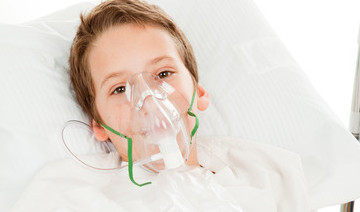The Connection Between Mold Exposure and Pediatric PANDAS/PANS: Understanding the Impact

In the realm of pediatric medicine, the intricate interplay between environmental factors and health conditions is a subject of ongoing research and clinical attention. One such area of interest lies in the relationship between mold exposure and autoimmune neuropsychiatric disorders in children, specifically Pediatric Autoimmune Neuropsychiatric Disorders Associated with Streptococcal infections (PANDAS) and Pediatric Acute-onset Neuropsychiatric Syndrome (PANS).
PANDAS and PANS present with sudden onset neuropsychiatric symptoms in children, often following a streptococcal infection. These symptoms encompass a range of issues such as obsessive-compulsive disorder (OCD), tics, anxiety, irritability, and cognitive decline. While the exact etiology of these disorders remains under investigation, emerging evidence suggests that environmental triggers, including mold exposure, may significantly influence their progression.
Mold, a common household allergen, disperses spores and mycotoxins into the air, which can be inhaled or come into contact with the skin. In susceptible individuals, particularly those with compromised immune systems or genetic predispositions, mold exposure can provoke inflammatory responses and immune dysregulation. This immune activation may exacerbate underlying autoimmune processes, potentially contributing to the onset or exacerbation of PANDAS and PANS symptoms.
Children affected by PANDAS and PANS who encounter mold exposure may endure heightened neuroinflammation, leading to an escalation of neuropsychiatric manifestations. Scientific studies have indicated that mold exposure can elevate levels of pro-inflammatory cytokines in the brain, disrupt neurotransmitter function, and compromise the blood-brain barrier, all of which can contribute to neuropsychiatric dysfunction.
Moreover, symptoms related to mold exposure can often resemble those of PANDAS and PANS, complicating diagnosis and treatment endeavors. It is imperative for pediatricians and caregivers to remain vigilant in identifying signs of mold exposure in children, including respiratory symptoms, allergic reactions, and neurological presentations.
The implementation of preventative measures is paramount in mitigating the effects of mold on children with PANDAS and PANS. This entails identifying and rectifying sources of mold in the household, such as dampness or water damage, enhancing ventilation, and employing air purifiers equipped with HEPA filters. Additionally, maintaining a hygienic and dry environment, minimizing clutter, and promptly addressing any indications of mold growth can aid in reducing exposure and ameliorating symptoms.
In conclusion, while the precise relationship between mold exposure and PANDAS/PANS necessitates further elucidation, it is crucial for healthcare providers and caregivers to acknowledge the potential impact of environmental factors on pediatric health. By addressing mold exposure and implementing preventative strategies, we can better support the well-being of children affected by PANDAS and PANS, ultimately enhancing their quality of life and treatment outcomes.
